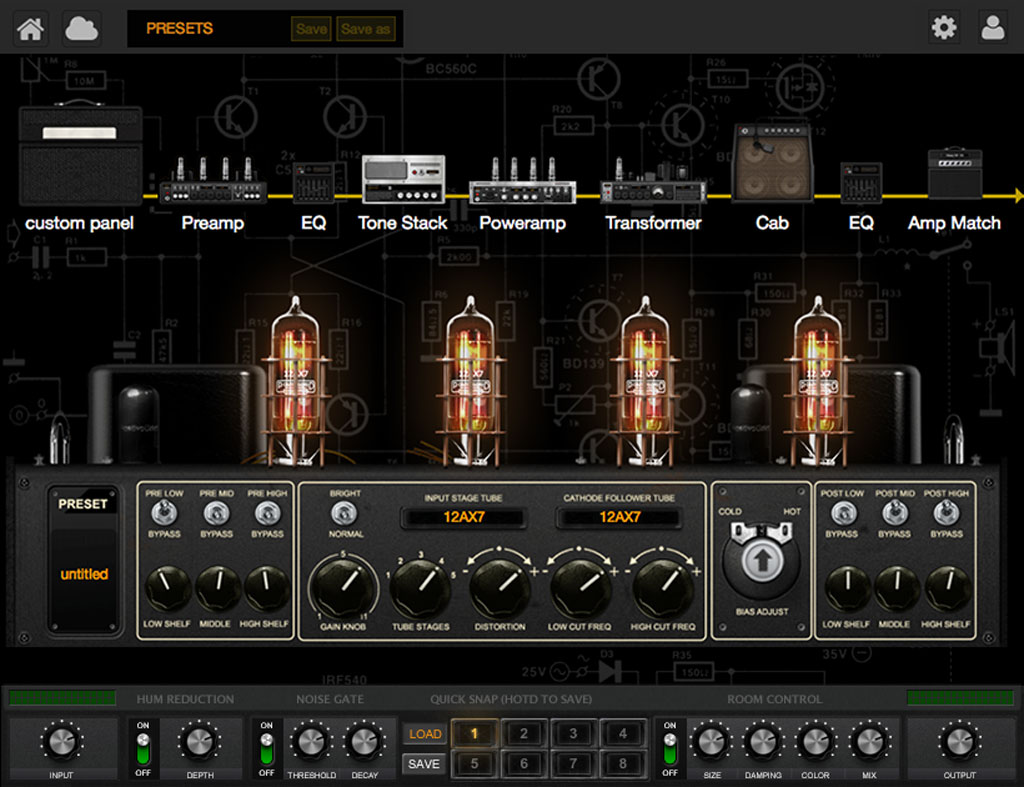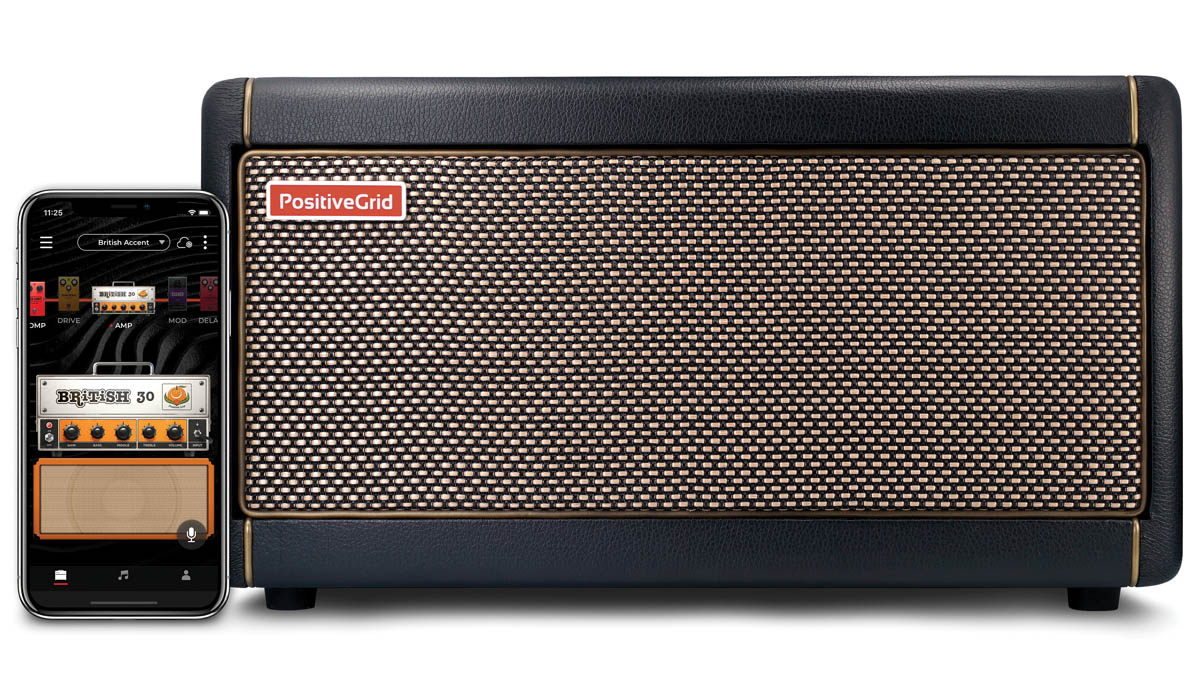

Taping on any component will reveal a skeuomorphic depiction of its controls. I started in stand-alone mode first to learn the user interface.Īt the top of the screen you'll see a left-to-right (or right-to-left if so desired) depiction of the pedalboard signal flow, along with all the components of the currently loaded preset, the order of which can be changed by tapping, holding, and dragging the icons. The latter gives you the ability to use it in a DAW app along with other audio and instrument tracks. How it WorksīIAS FX can run either as a stand-alone app, or as an Inter-App Audio program inside another audio app. Consult the manual of your audio interface for more information. In my case, I needed to download Steinberg's free dspMixFx app and hit the 'mute' button on channel 1. For interfaces like the UR44 that offer more exotic monitoring capabilities, you may need another app to disable the monitored input signal of the interface.

For interfaces that have an ''input-DAW' knob (or something like it), it's as easy as turning it all the way to one side, usually clockwise. However, to use BIAS FX properly, you'll need to make sure the input signal from the guitar is not mixed with the processed signal generated by the app. In my tests, I used a Steinberg UR44 in Class Compliant mode and it worked flawlessly. The audio interface replaces the audio output of the iPad and provides audio inputs for guitars, basses, and other audio sources. (Login required.) Making Connectionsīecause iPads don't have audio inputs, you'll need some sort of audio interface, as well as Apple's Camera Connection Kit, which basically gives an iPad a USB port to connect the interface. Getting the AppīIAS FX can be purchased from The App Store and runs on iPad 2 and above, and the iPad Mini, all of which require iOS 8 and Internet access should you wish to connect to Positive Grid's online pedalboard library called Tone Cloud. But really, how good can it possibly sound? I'll discuss the sound later, but let's look at the basics first. It includes a wealth of stomp boxes, but also has amplifiers, cabinets, and other effects I could only dream about in 1980. Fast forward to today, and a mere $29.99 buys BIAS FX: an entire virtual pedalboard for iPad (with Desktop access coming soon).

Alas, I'd need to deliver papers for another year before I could buy that green machine.

My old man helped me buy a small guitar amp, and then all I needed was a stomp box, preferably an Ibanez Tube Screamer. I was 13-years-old and had just spent fifty hard-earned bucks from my paper route on a used electric guitar.


 0 kommentar(er)
0 kommentar(er)
